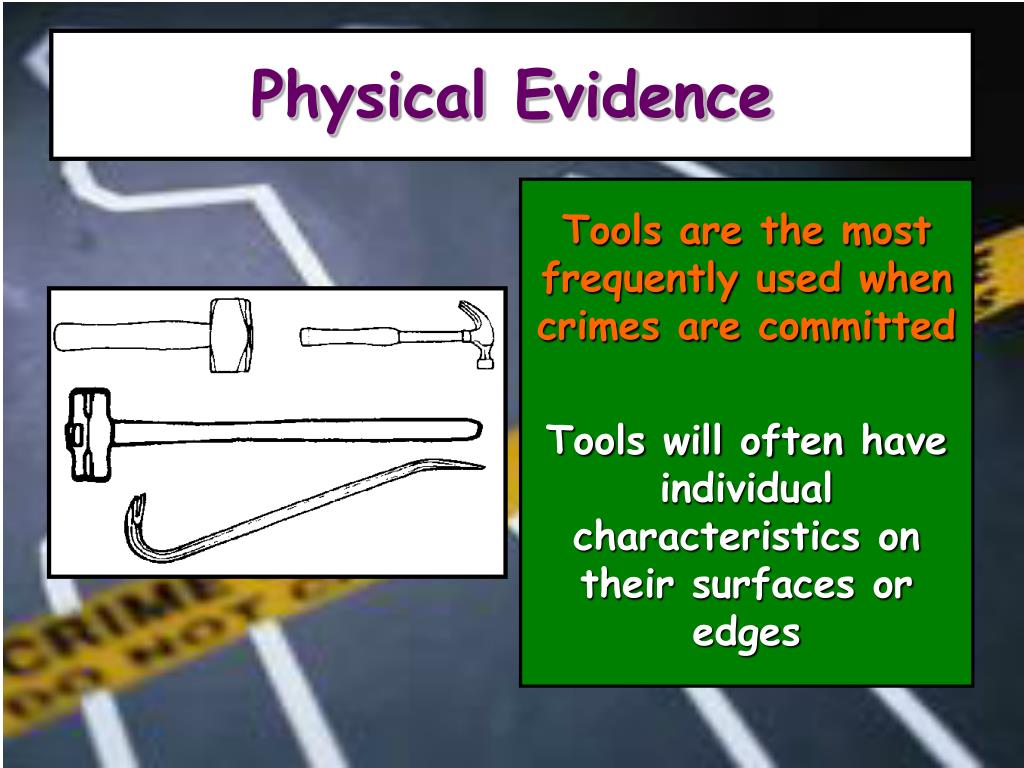

However, as to evidence of motive, see below – ‘important explanatory evidence’. More recent authorities have suggested that a temporal requirement is but one way of establishing a nexus thus where the evidence is relied upon to establish motive, there is no such temporal requirement (see R v Sule EWCA Crim 1130 and R v Ditta EWCA Crim 8). The temporal nexus was endorsed in R v Tirnaveanu EWCA Crim 1239 where the misconduct sought to be adduced showed little more than propensity (possession of papers showing involvement in illegal entry of Romanian nationals of occasions other than subject to the offence charged-if admissible at all then through one of the gateways-see below). The nexus envisaged by the court in McNeill was temporal (statement of a threat to kill made two days after an alleged offence of a threat to kill admissible under the terms of section 98). “the words of the statute ‘has to do with’ are words of prima facie broad application, albeit constituting a phrase that has to be construed in the overall context of the bad character provisions of the 2003 Act….It would be a sufficient working model of these words if one said that they either clearly encompass evidence relating to the alleged facts of an offence which would have been admissible under the common law outside the context of bad character of propensity, even before the Act, or alternatively as embracing anything directly relevant to the offence charged, provided at any rate they were reasonably contemporaneous with and closely associated with its alleged facts ”. In R v McNeill EWCA Crim 2927 it was said that In other cases where proof of bad character is not an essential element of the offence, the question of whether or not the evidence has to do with the facts of the offence is not always straightforward. Examples of these would include driving whilst disqualified contrary to section 103 of the Road Traffic Act 1988 or possession of a firearm having previously been convicted of an offence of imprisonment contrary to section 21 of the Firearms Act 1968 where the fact of a previous conviction constitutes an element of the actus reus. It is of crucial importance to identify what evidence “has to do” with the alleged facts of an offence because if it does relate to the alleged facts, it will not be subject to the statutory regime of gateways and safeguards provided by the Act.Īn offence which could not be proved without reference to bad character would clearly be one that would fall within section 98(a).

A hearing pursuant to section 4A of the Criminal Procedure (Insanity) Act 1964 – finding of fact hearing further to a finding of unfit to plead - R v Chal EWCA Crim 2647Įvidence falling with section 98(b) would encompass evidence relating to, for example, the telling of lies in an interview or the intimidation of witnesses (where not the subject of a separate charge).A preparatory hearing (section 30 of the Criminal Procedure and Investigation Act 1996) - R v H 1 Cr App R 4.
WHO CAME UP WITH IMPRESSION EVIDENCE TRIAL
A trial or newton hearing - R v Bradley EWCA Crim 20.‘Criminal proceedings’ are defined in section 112 as ‘criminal proceedings to which the strict rules of evidence apply’ and have been held to include: Membership of a violent gang - R v Lewis EWCA Crim 48.Drinking to excess and taking illegal drugs - R v M EWCA Crim 1457.What is capable of constituting reprehensible behaviour will be fact specific and has been held to include “Misconduct’ is defined in section 112 of the Act as “the commission of an offence or of other reprehensible behaviour”. Is evidence of misconduct in connection with the investigation or prosecution of that offence”.Has to do with the alleged facts of the offence with which the defendant is charged, or.“References in this Chapter to evidence of a person’s ‘bad character’ are to evidence of, or of a disposition towards, misconduct on his part, other than evidence which – “Bad character” evidence is defined in section 98 of the Act which provides that:

The provisions of the 2003 Act also do not affect section 27(3) of the Theft Act 1968 which makes provision for proof of guilty knowledge on a charge of handling stolen goods by proof of previous convictions for handling or theft. The only qualification to the abolition of the common law rules is in section 99(2) which, for the purposes of bad character evidence, allows for proof of a person’s bad character by the calling of evidence as to his reputation. The admissibility of bad character evidence in criminal proceedings is governed by Part 11 Criminal Justice Act 2003 (Sections 98 -113), section 99 of which abolished the existing common law rules.


 0 kommentar(er)
0 kommentar(er)
